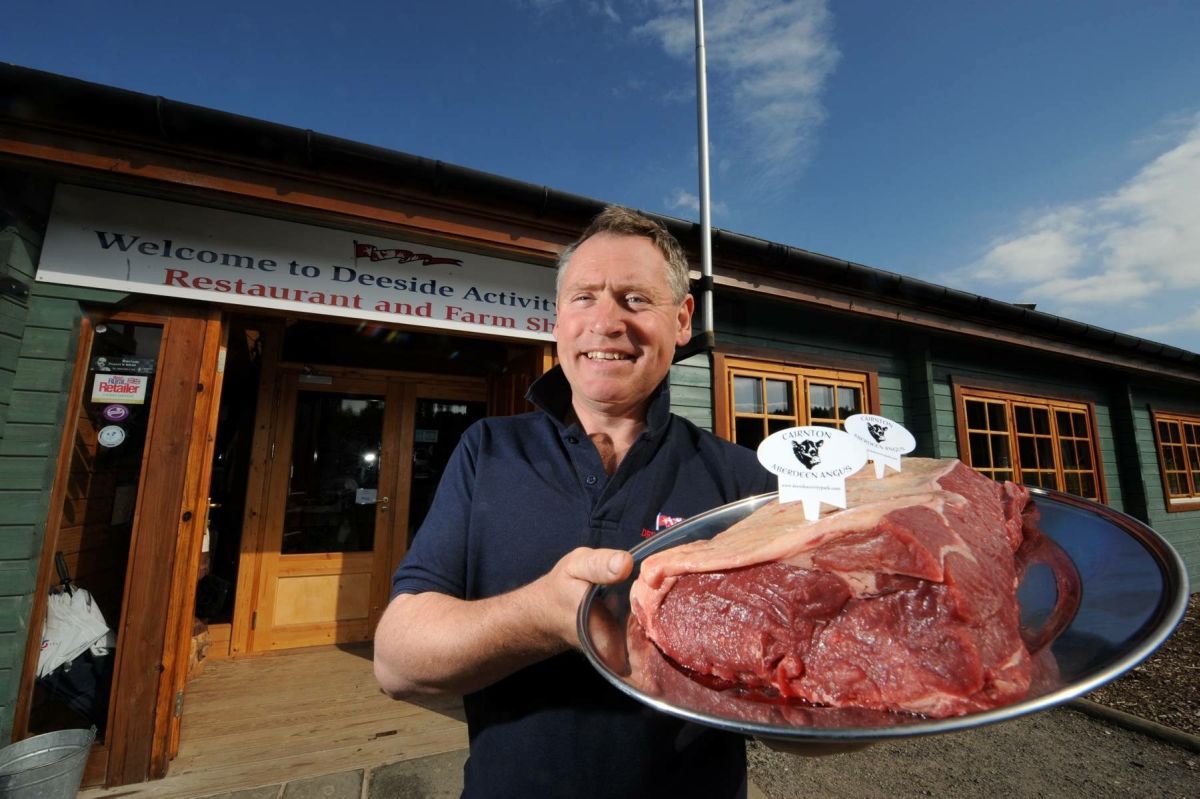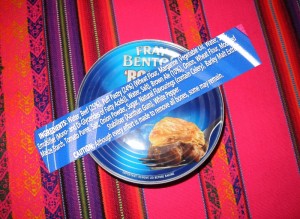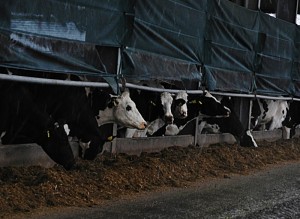With thanks to Eoin Smith, Senior Account Executive, Tricker PR.
It’s one of the north east of Scotland’s most famous exports, but many don’t realise or understand its heritage.
So one enterprising farmer has made it his mission to put the history of Aberdeen Angus beef firmly on the map – and his efforts have been recognised with a nomination at the Aberdeen City and Shire Tourism Awards.
Ken Howie is the man behind the World’s Only Aberdeen Angus Trail, which is nominated in the Innovation in Tourism category of the awards scheme which will celebrate the successes of tourism providers in the north east at a ceremony this week.
While much of the region’s tourism offering focuses on the incredible castles, world-class golf and sumptuous whisky of the north east, Ken believes that there is room to include the famous Aberdeen Angus cattle – which have been reared in the area for over 150 years.
Ken says,
“Although Aberdeen Angus beef is renowned around the world, it’s not as prominent in north east tourism as our other exports. I’m really enthusiastic about the history and heritage of the breed, and really want to share that with visitors to the north east. I’ve reared it on the farm for years, and we serve it up in the restaurant at Deeside Activity Park.”
The World’s Only Aberdeen Angus Trail is currently made up of 14 venues, which ranges from larger tourist attractions to family-run establishments – and new organisations continue to come on board. What connects them all is a love of Aberdeen Angus, and a commitment to the provenance of the food they serve and rear.
Ken adds,
“The trail starts at Ballindalloch Castle, which is the spiritual home of the breed – there’s been a herd there for over 150 years – and runs through to Glamis Castle. Glamis Castle is perhaps best known for its connection to the late Queen Mother, who was patron of the Aberdeen Angus Association for over 60 years.
“In between the castles are a number of smaller, independently-run venues that have connections with Aberdeen Angus – including the Fife Arms in Turriff and Castleton Farm Shop. Community organisations like the Alford Heritage Society and Turriff Heritage Museum are also involved.”
Although not officially launching until spring 2017 – to coincide with the World Aberdeen Angus Forum, which is to be held in Scotland for the first time since 1977 – the trail is already producing noticeable results for the area. Visitors have been following the trail through Aberdeenshire, and have been interacting with partners along the way.
It is hoped that by beginning and ending the trail at established tourism hotspots, it will expose a greater number of visitors to the trail and encourage tourists – and locals – to explore the region in greater depth than they might otherwise have done.
Ken concludes,
“Over the last 20 years the food and drink offering in Aberdeen and Aberdeenshire has come on leaps and bounds. Food tourism is a huge global industry, and we really hope that we can capitalise on this for the region. If we can encourage people to come to visit the area to learn more about an iconic brand like Aberdeen Angus, then naturally they will stay to explore the area and discover all it has to offer.
“Everyone I have worked with to put the Aberdeen Angus Trail together has been so enthusiastic about the idea, so if we win the award it really will be a celebration for all of us. I couldn’t have done it without their work and support. Maybe we’ll hold a big party if we win.”
The World’s Only Aberdeen Angus Trail is up against High Seas Hobbit and Drum Castle in the Innovation in Tourism category of the 2016 Aberdeen City and Shire Tourism Awards.
The winners of each category will be announced at an awards ceremony and gala dinner on November 25, 2016 at Ardoe House Hotel and Spa, and many will then go on to represent the region at the national Thistle Awards.
For more information about the Aberdeen City and Shire Tourism Awards, visit www.acsta.co.uk
Follow the awards on Twitter @ACSTourismAward or on Facebook at www.facebook.com/acstourismawards
- Comments enabled – see comments box below. Note, all comments will be moderated.

 There is of course nothing new here.
There is of course nothing new here.
